
Hi, my name is Aaron Torres and I’m an engineering manager for the Riot Developer Experience team. We accelerate how game teams across Riot develop, deploy, and operate their backend microservices at scale - globally. I’ve been at the company for a little over 3 years and I’ve been writing Go code that entire time. In this article, we’ll be specifically looking at how a few different teams use Go. I’ll be tagging in two technologists - Chad Wyszynski from RDX Operability and Justin O’Brien from VALORANT - to discuss how they use Go for their projects.
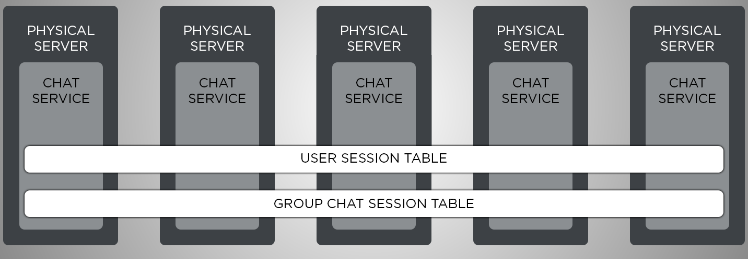
League of Legends players collectively send millions of messages every day. They're asking friends to duo-queue, suggesting a team comp on the champ select screen, and thanking opponents for a good game. On July 21st of this year (I picked a day at random), players forged 1.7 million new friendships in the game—that’s a lot of love! And each time players send a message they trigger a number of operations on the back-end technology that powers Riot chat.
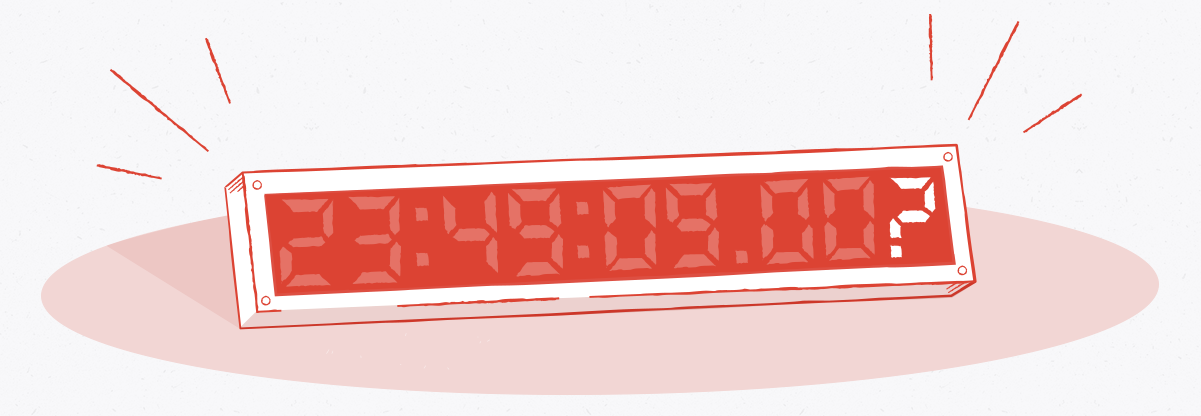
Hi, I’m Tony Albrecht, an engineer on League. I’m back with some more performance goodness. In the previous article, we tracked a slowdown reported in an LCS game and an issue with Swain that was first reported by players. For this article, we’re stepping back a little further and looking at how we can measure the aggregate performance of League over an entire region, notice a dip, and then narrow down the cause. In this case, we chased a 2ms per frame drop in performance to a single missing ASCII character in our code.
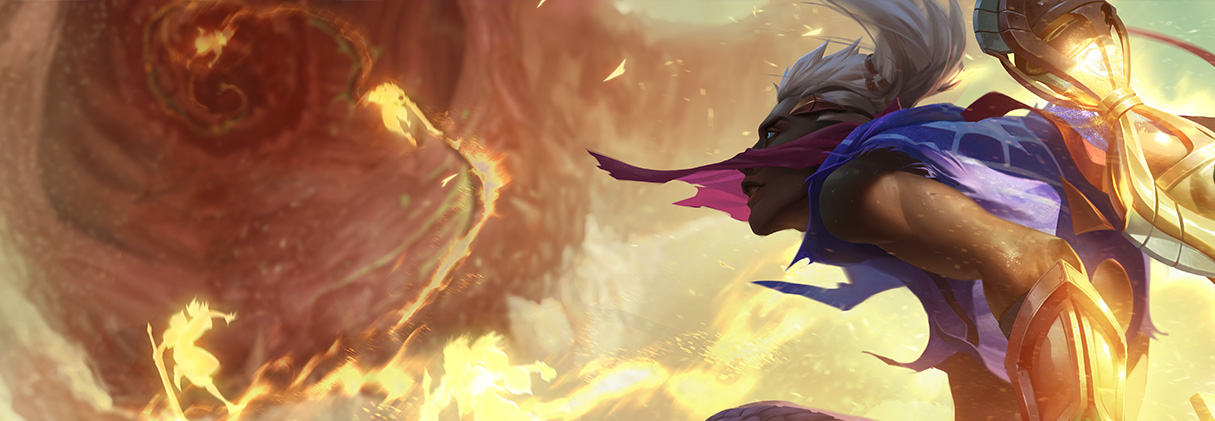
Hi, I’m Rick Hoskinson, an engineer on the League of Legends Core Gameplay Initiative, and I’m here to talk about how we gave ourselves the power to turn back the hands of time in League of Legends. In this series of blog posts, I hope to give you a glimpse of what that work looked like, juicy technical challenges and all.
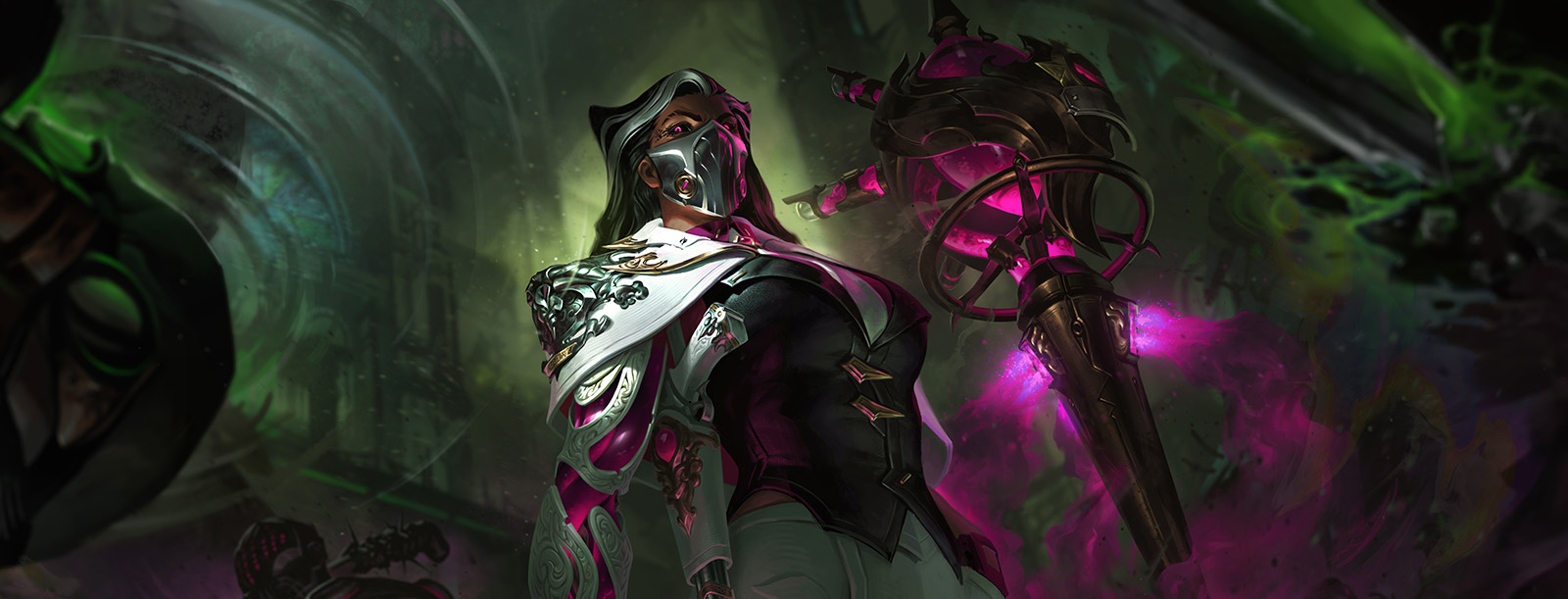
In this article, I’ll cover how we took Renata Glasc's ultimate from a hacky prototype to a game-changing spell, cleaning up some legacy code and systems along the way.
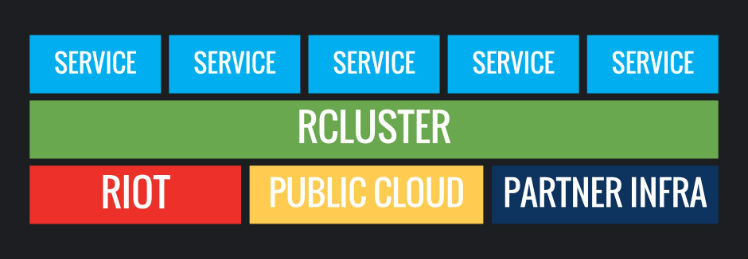
Welcome back to the Running Online Services series! This long-running series explores and documents how Riot Games develops, deploys, and operates its backend infrastructure. Since 24 months is an eternity in this space, we figured we would update you all on how things have worked out, new challenges we faced, and what we learned addressing them!
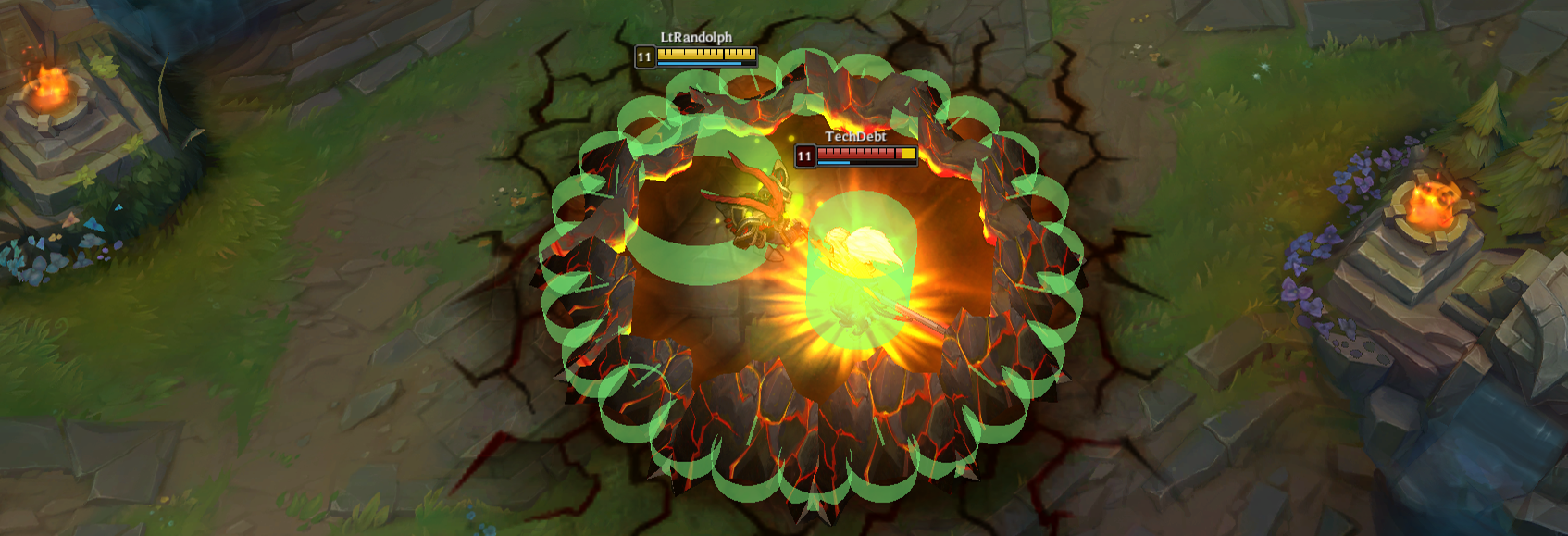
Hi there. I’m Bill “LtRandolph” Clark, and I’m the engineering manager for the Champions team on LoL. I’ve worked on several different teams on League over the past years, but one focus has been consistent: I’m obsessed with tech debt. I want to find it, I want to understand it, and where possible, I want to fix it.
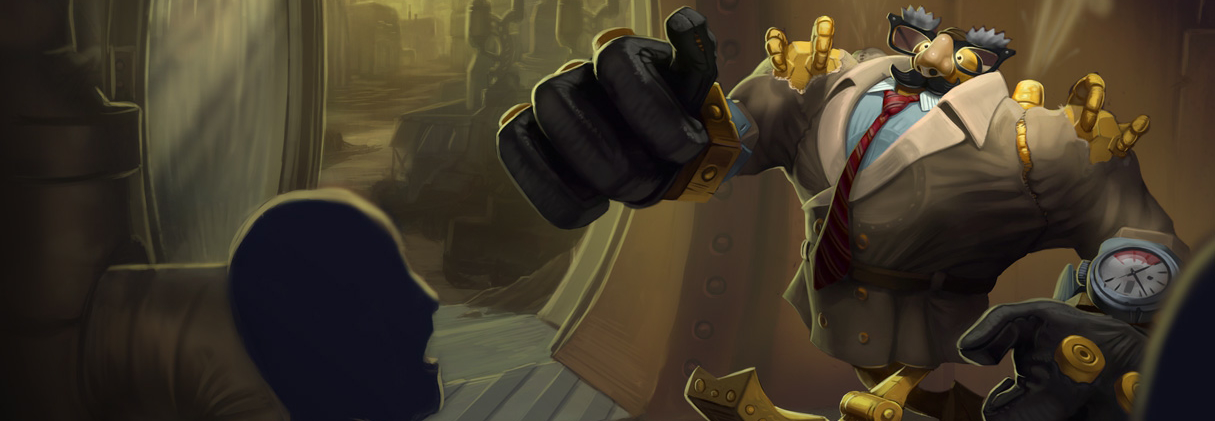
Hey everyone, my name is Michael Hill and I’d like to introduce you to Riot’s automated ticket agent, Blitzcrank Bot.
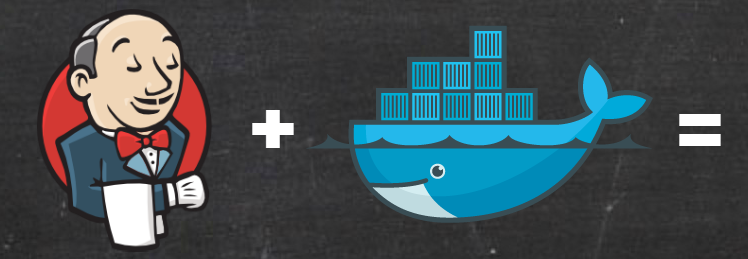
In this tutorial, you’ll learn:

From the very beginning of VALORANT development, we made it a priority to build out cheating resistance to ensure competitive integrity. In this article, I’ll walk you through one of these anti-cheat systems - Fog of War. This is one of VALORANT’s key security systems, which focuses on combating cheats that take advantage of a game client’s access to information, like wallhacks.










